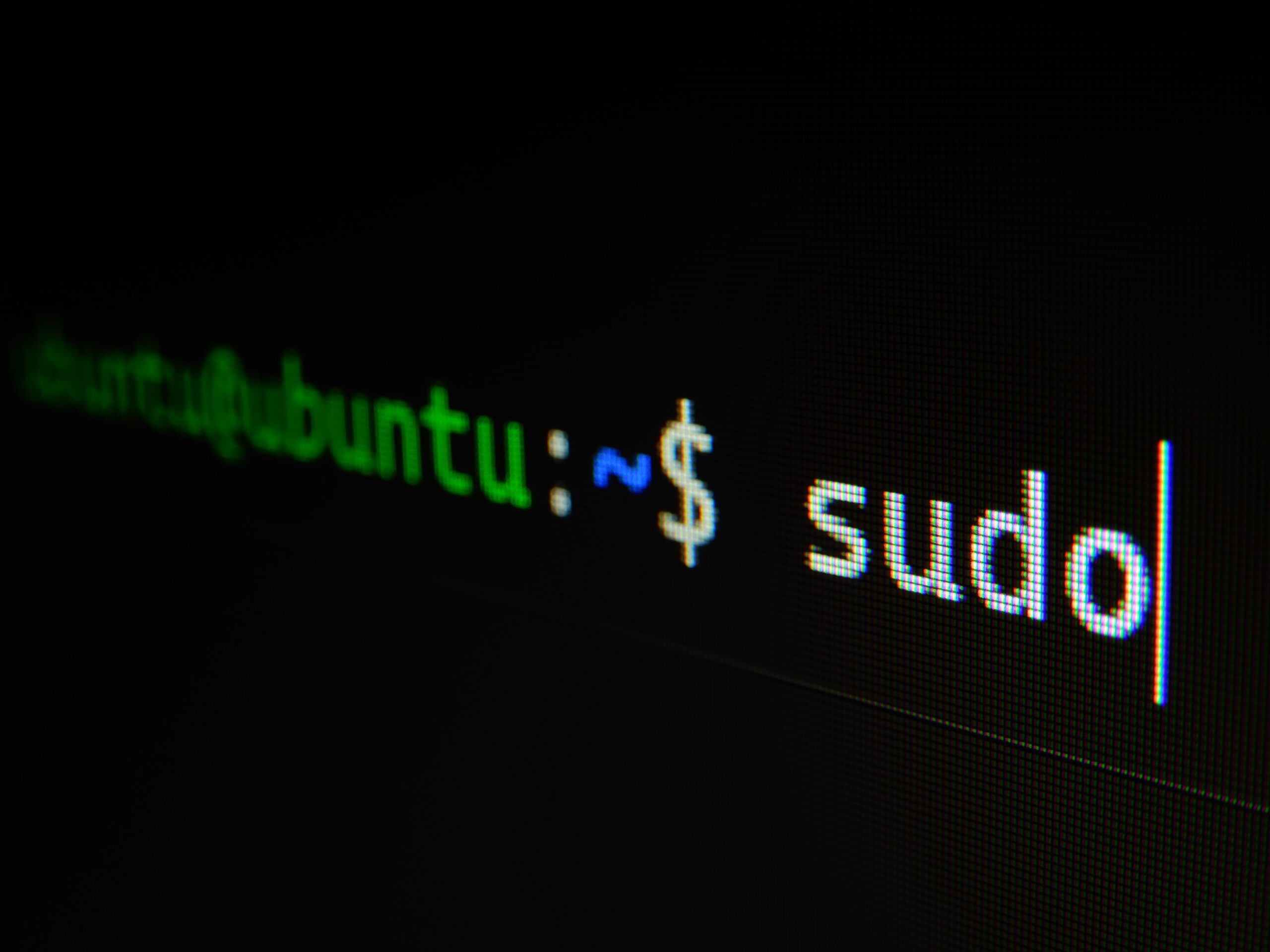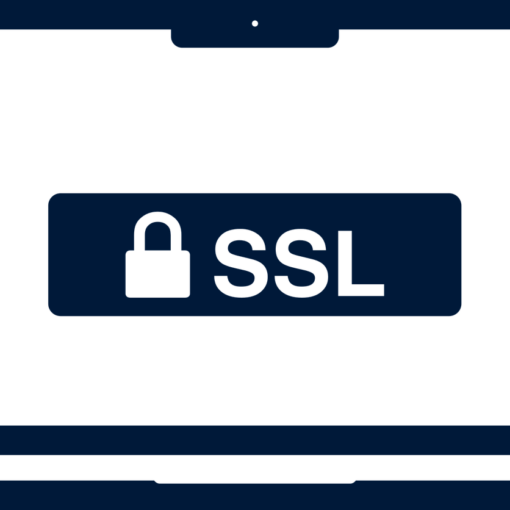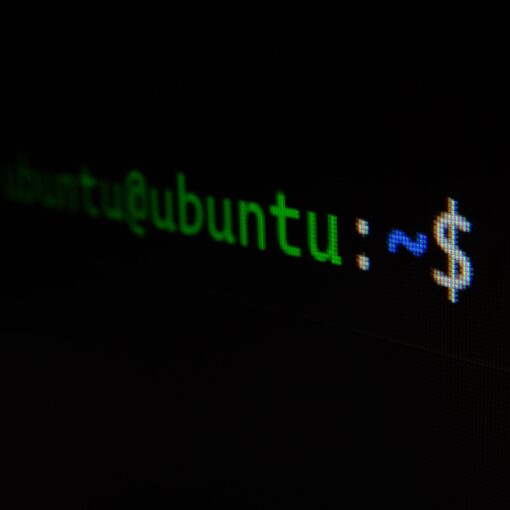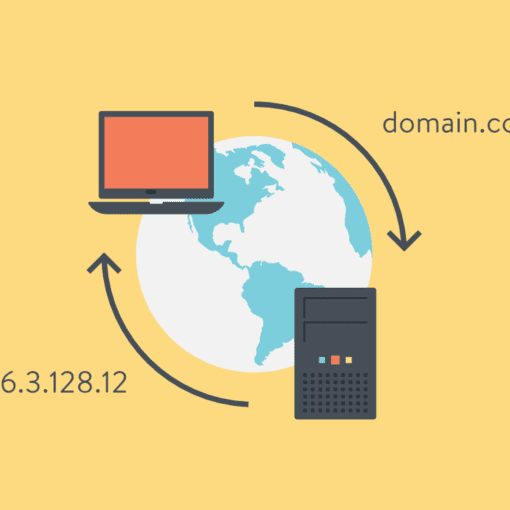Security-Enhanced Linux (SELinux) is a powerful security feature of Linux distributions that provides a mechanism for supporting access control security policies. While SELinux is a valuable tool for enhancing system security, there are scenarios where you might need to disable it, such as for troubleshooting or specific application requirements. However, it’s crucial to understand the implications of disabling SELinux and to proceed with caution. In this guide, we’ll walk you through the steps to check the status of SELinux on Red Hat Enterprise Linux (RHEL) 8 and how to disable it if necessary.
Checking the SELinux Status
1. Using the sestatus Command
The most straightforward method to check the SELinux status is by using the sestatus command. Open your terminal and execute:
sestatusThis command will output the current SELinux status, indicating whether it is enabled or disabled, and the current mode (enforcing, permissive, or disabled).
2. Checking the SELinux Configuration File
Another way to check the SELinux mode is by viewing the /etc/selinux/config file. This file contains the SELinux configuration for your system. To view it, enter:
cat /etc/selinux/configLook for the line starting with SELINUX= to see the default SELinux mode.
Disabling SELinux Temporarily
For temporary changes that last until the next reboot, you can set SELinux to permissive mode by executing:
sudo setenforce 0In permissive mode, SELinux policies are not enforced, but denials are still logged, providing a way to monitor potential issues without impacting system functionality.
Disabling SELinux Permanently
1. Editing the SELinux Configuration File
To permanently disable SELinux, you’ll need to edit the /etc/selinux/config file:
sudo vi /etc/selinux/configChange the SELINUX= line to:
SELINUX=disabledSave the file and exit the editor.
2. Rebooting Your System
For the changes to take effect, reboot your system:
sudo rebootAfter rebooting, you can verify that SELinux is disabled by running sestatus.
Important Considerations
Disabling SELinux should not be taken lightly, as it removes a significant layer of security from your system. If you’re troubleshooting, consider using permissive mode as a temporary solution. Always ensure you have proper backups and understand the security implications before making such changes, especially in a production environment.
SELinux is a critical security feature, but there are valid reasons to disable it in certain scenarios. By following the steps outlined in this guide, you can safely check and disable SELinux on RHEL 8. Remember to weigh the security implications and consider alternative solutions before deciding to disable SELinux permanently.




